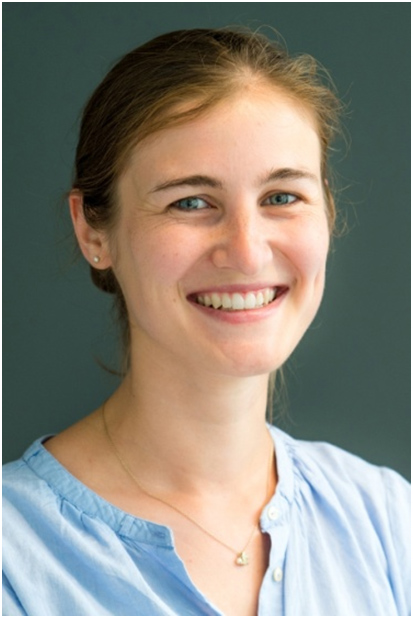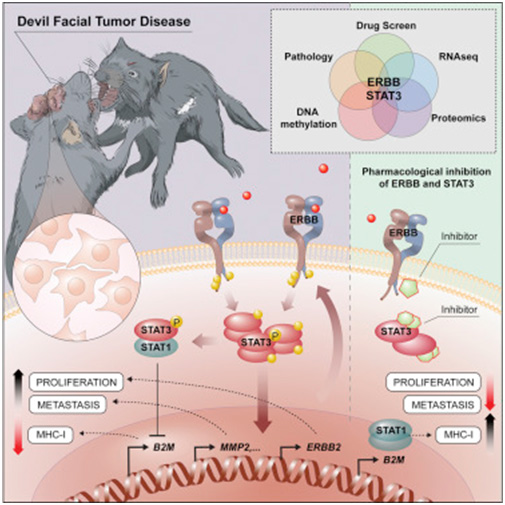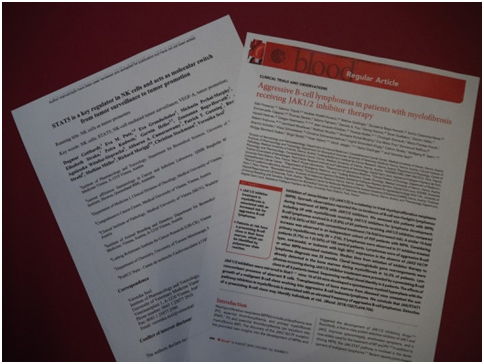We used conditional ablation of STAT1 in macrophages, monocytes and granulocytes of mice and showed that myeloid STAT1 protects from early murine cytomegalovirus replication and pathology in spleen. Unexpectedly, we found that myeloid STAT1 drives extramedullary haematopoiesis (EMH). STAT1 promotes EMH not only after virus infection but also upon sterile inflammation induced by CpG oligodeoxynucleotides. Using additional genetically engineered mice we analysed the impact of upstream signals known to activate STAT1 and observed that virus-induced EMH does not rely on type I or type II IFN signaling in myeloid cells or IL-27 signaling in all cell types. Our studies provide the first genetic evidence that STAT1-dependent signaling in myeloid cells restricts MCMV at early time points post infection and induces compensatory (stress-induced) haematopoiesis in the spleen.
Publication in Cell Reports
Riem Gawish*, Tanja Bulat*, Mario Biaggio*, Caroline Lassnig, Zsuzsanna Bago-Horvath, Sabine Macho-Maschler, Andrea Poelzl, Natalija Simonović, Michaela Prchal-Murphy, Rita Rom, Lena Amenitsch, Luca Ferrarese, Juliana Kornhoff, Therese Lederer, Jasmin Svinka, Robert Eferl, Markus Bosmann, Ulrich Kalinke, Dagmar Stoiber, Veronika Sexl, Astrid Krmpotić, Stipan Jonjić, Mathias Müller, and Birgit Strobl
*equal author contribution
Myeloid Cells Restrict MCMV and Drive Stress-Induced Extramedullary Hematopoiesis through STAT1 (2019); Doi: https://doi.org/10.1016/j.celrep.2019.02.017


